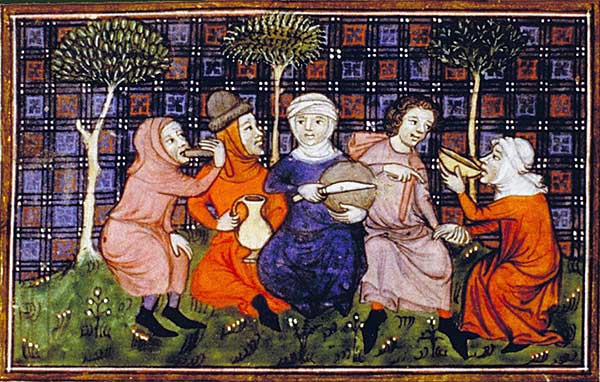To celebrate British Science Week, we asked Lucy from our Customer Services team to write about isotopic analysis and its role in identifying King Richard III’s remains:
King Richard III ate his last meal over 500 years ago, but today we can use science to find out what his diet was like and understand where he lived at various stages in his life. We can use science to double check what we already know from historical books and records.
The journey starts with the atom – the building blocks of the universe. Atoms are so small that you could line up a hundred million of them across your fingernail. Atoms fit together in a complex jigsaw puzzle to make up everything on the planet – even the food you ate for lunch!
You might think that an atom is the smallest thing on the planet, but even atoms are made up of smaller particles: protons, neutrons and electrons.
If it was possible to see a single atom with your own eye, it would look like a bubble with a cluster of protons and neutrons in the centre while the electrons spin about on the surface of the bubble.
Atoms have different numbers of protons and that’s how we decide what element an atom is. For example, if an atom had seven protons we would say it’s the element nitrogen.
The same element can also have different numbers of neutrons. While nitrogen will have seven protons, sometimes it can have seven or eight neutrons. When this happens, we say that these varieties are different isotopes of nitrogen.
Isotypes of various elements can be found in nature. They vary from plant to plant and can also vary in different parts of the country. They are present in the food that we eat – food which is then used to build our teeth and bones. Isotopes have therefore been preserved in King Richard III’s skeleton and have not changed in the years since his death.
We are what we eat for a very long time!
If we look at Richard’s teeth (which were formed and fixed when he was young) and compare them to either his femur (which continued to be built and repaired throughout his adulthood), or his ribs (which remodel faster and represent the last few years of his life) we can look to see if they have different isotopes.
An analysis of the different isotypes in Richard’s remains suggest that by the age of seven, he had moved from his birthplace in Northamptonshire and resided further west, possibly in the Welsh Marches.
A change in the nitrogen, but not carbon isotype towards the end of his life also suggests that he may have been eating a lot more luxury items such as game birds and freshwater fish. Remember that Richard ruled the country for only the last two years of his life with a diet fit for a king!
His oxygen isotope values also rise towards the end of his life and as we know he didn’t relocate during this time, researchers have suggested that these changes could have been brought about by increased wine consumption.
Sometimes science can tell us secrets that might have been left out of historical books and records!
